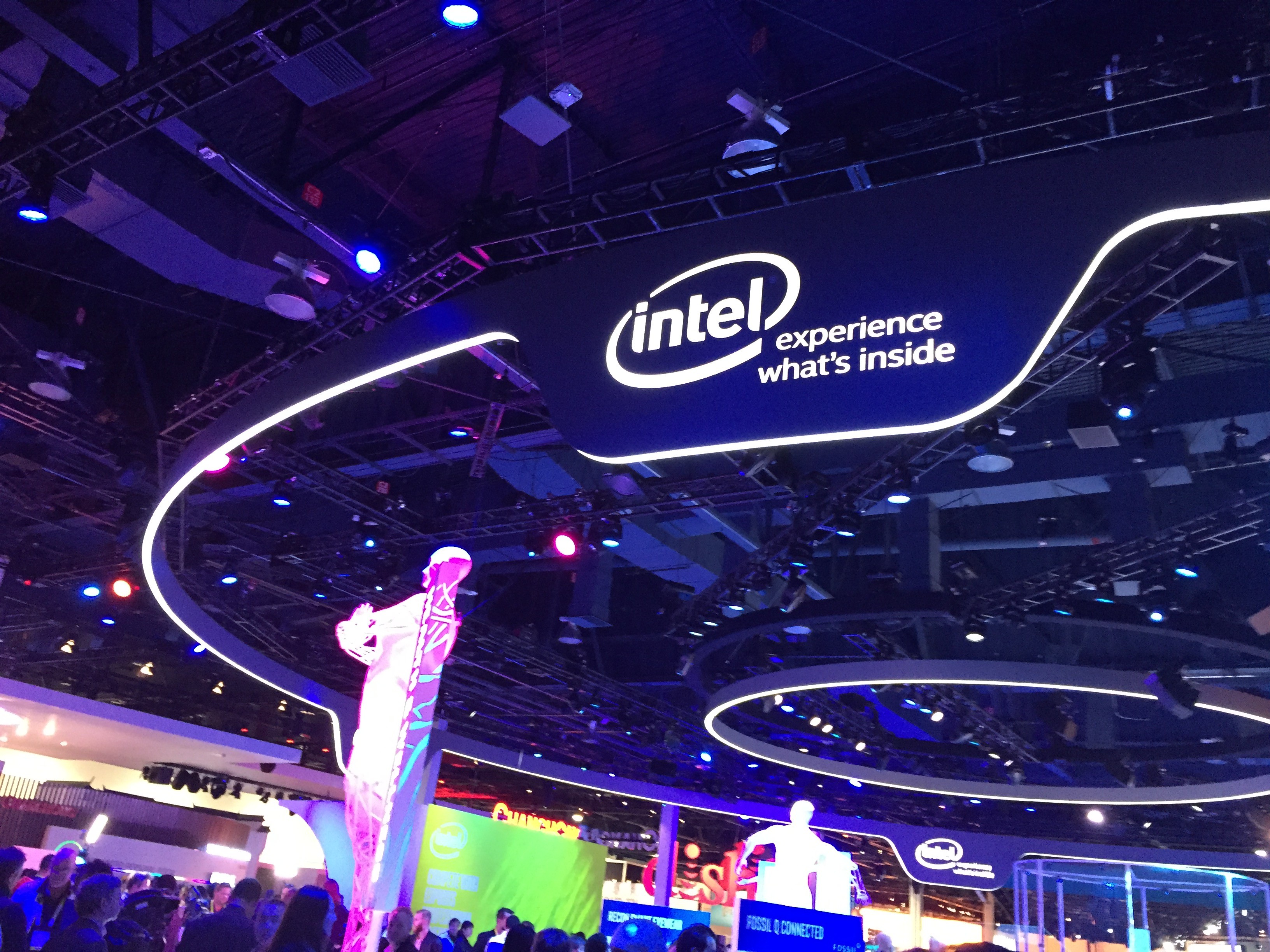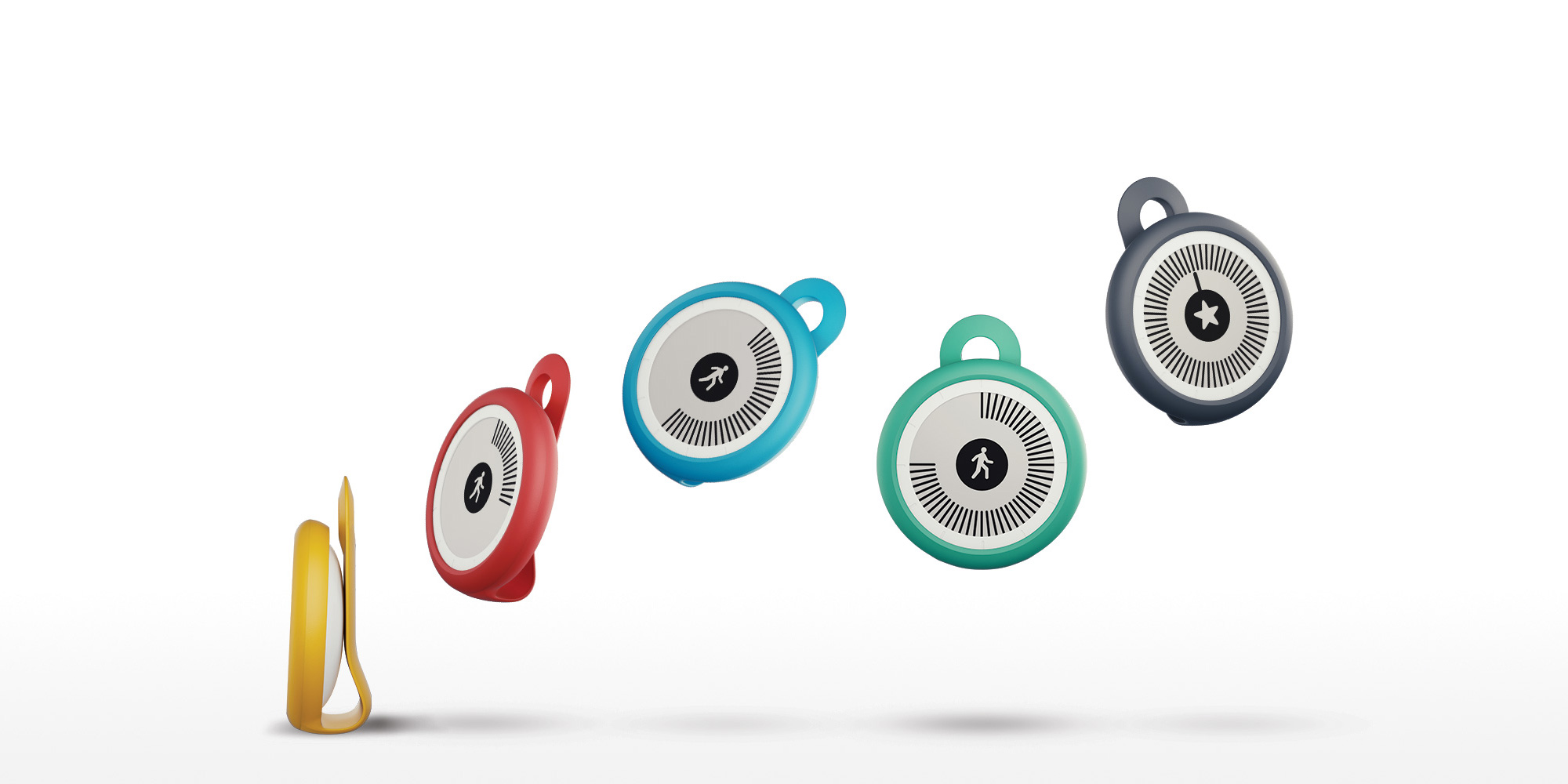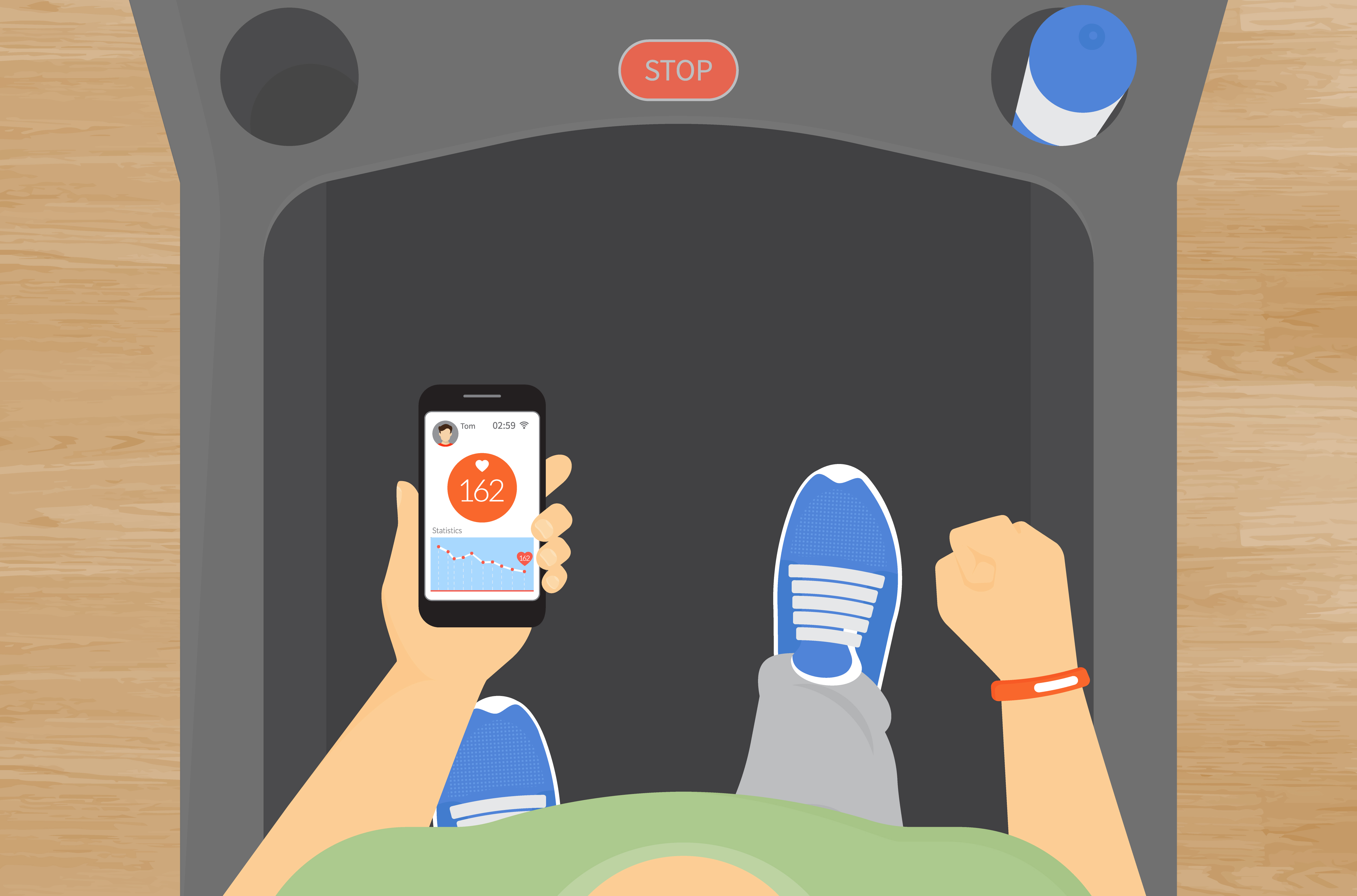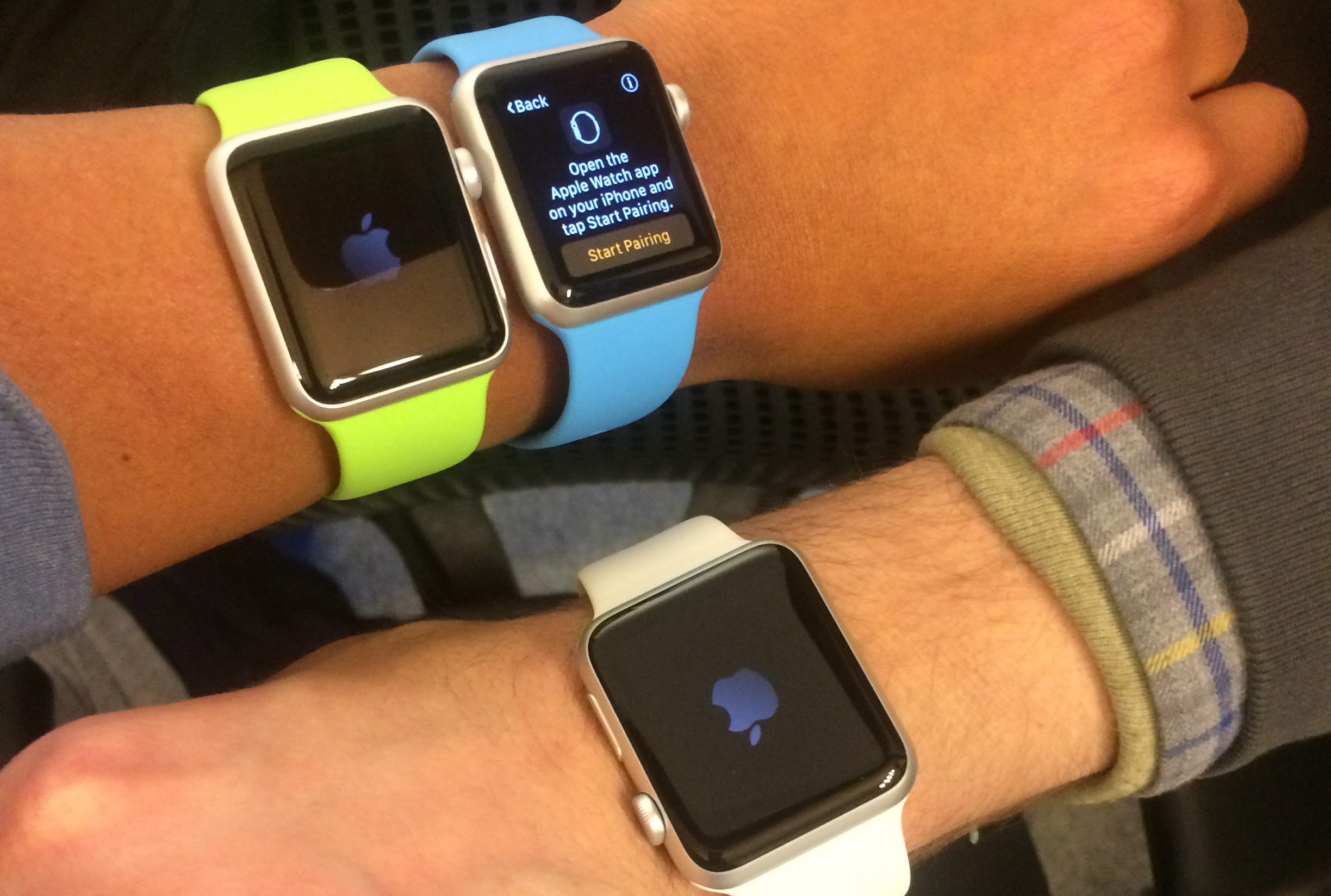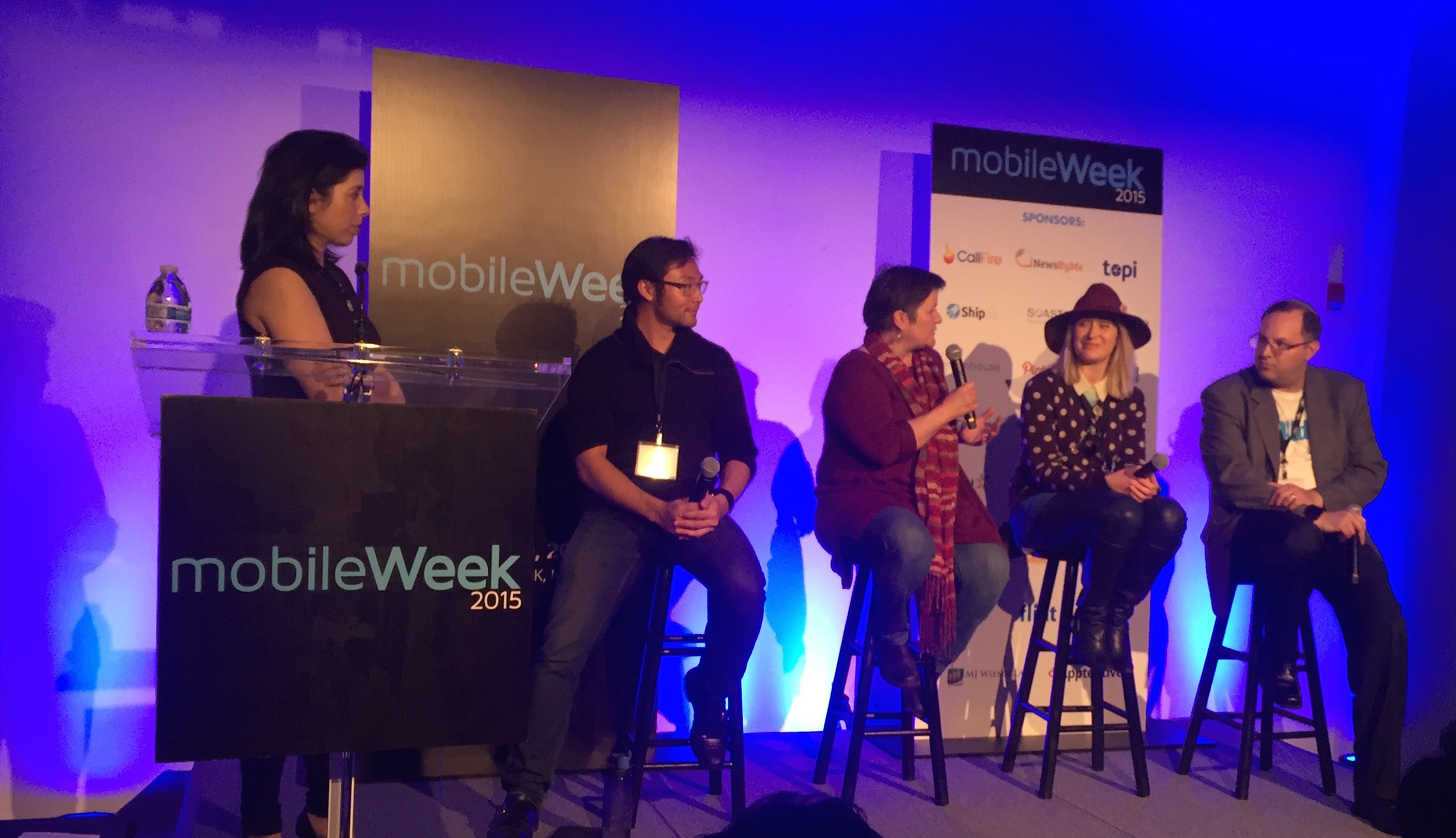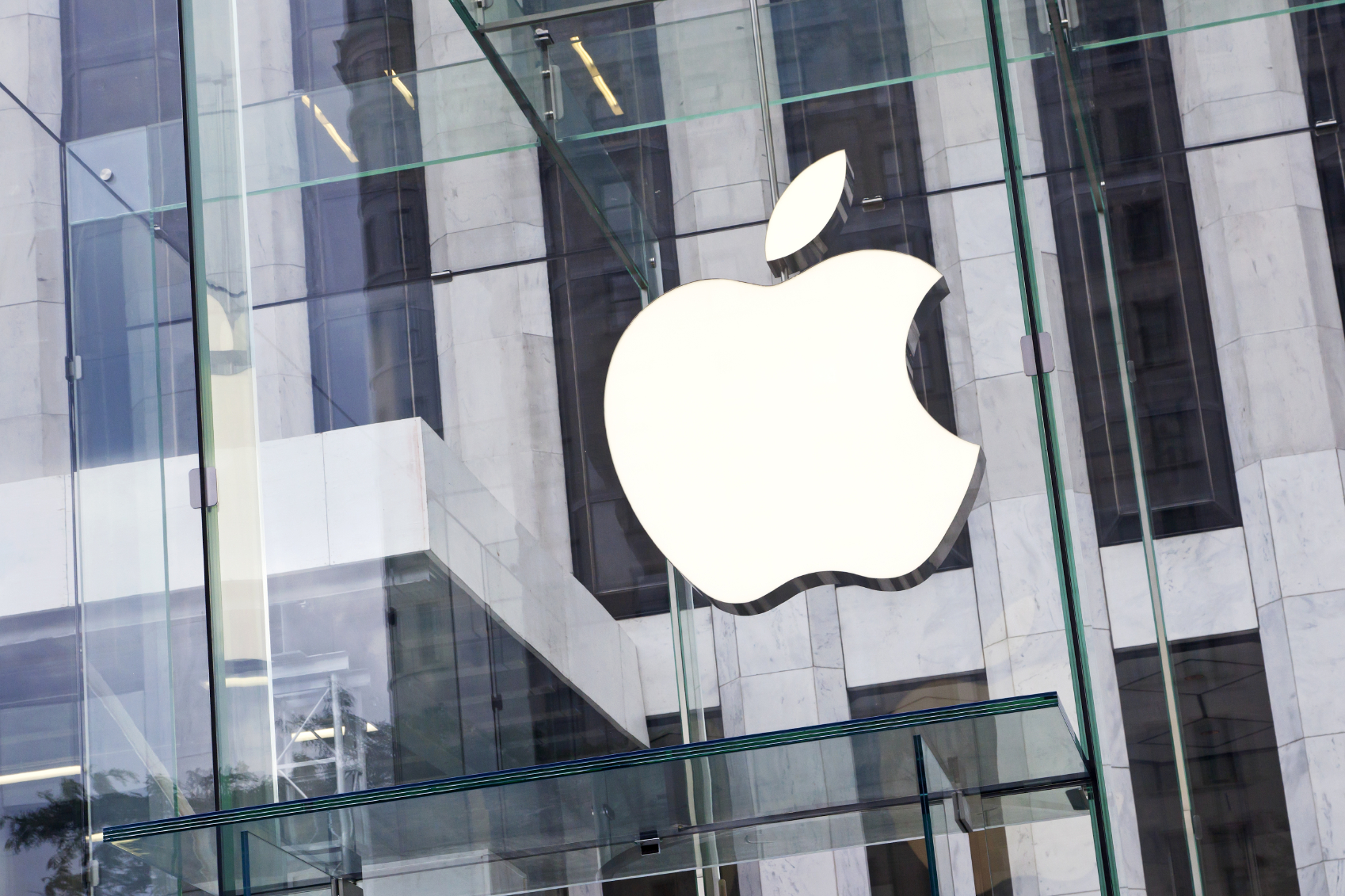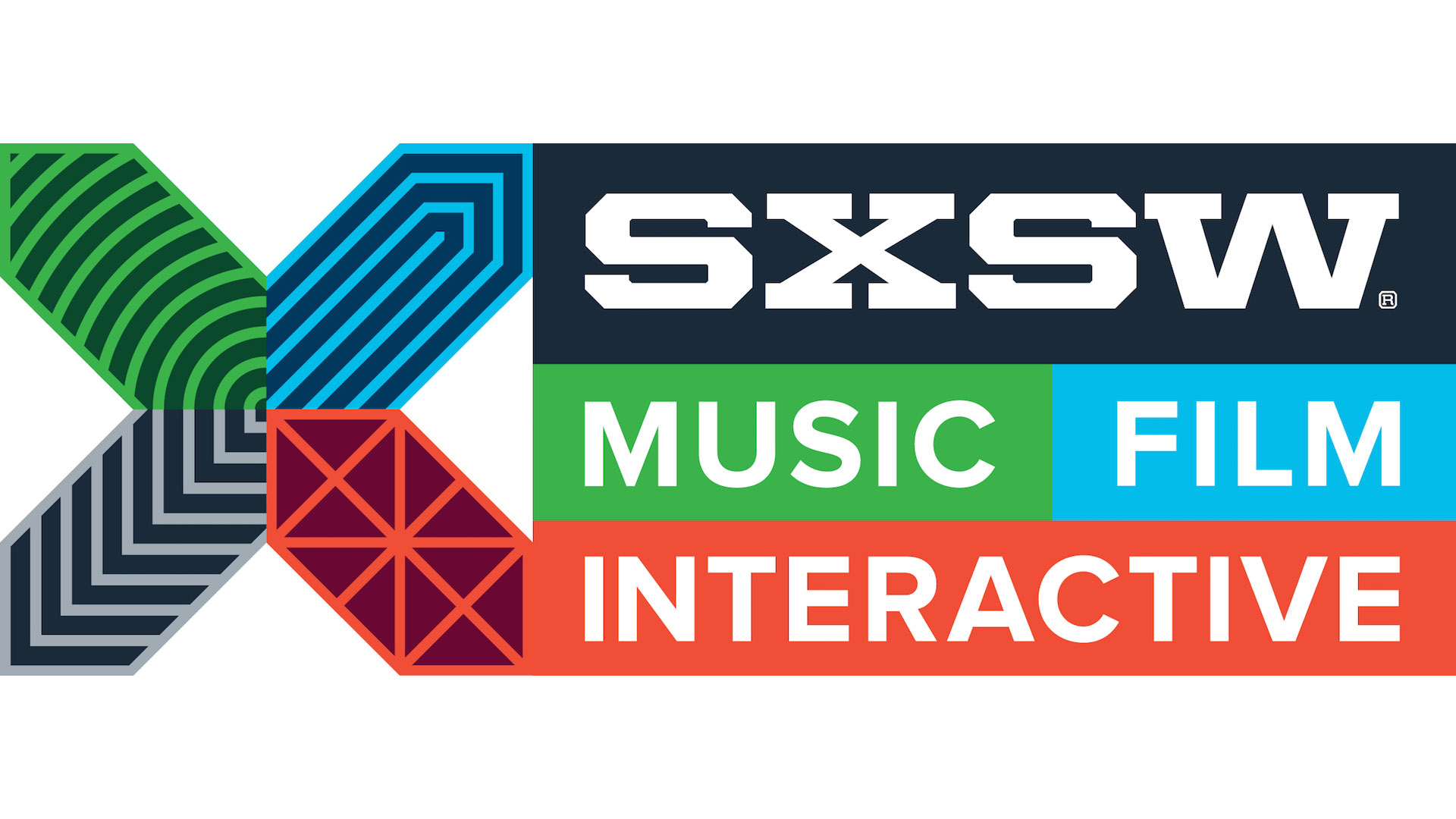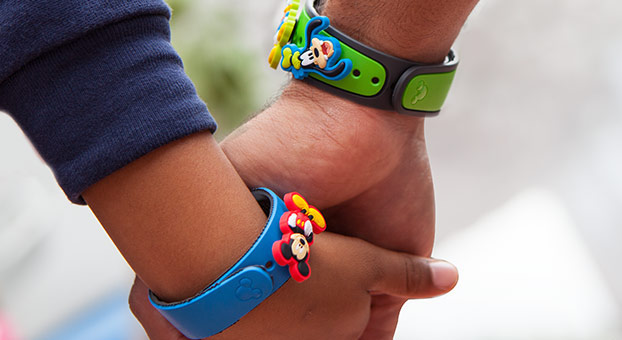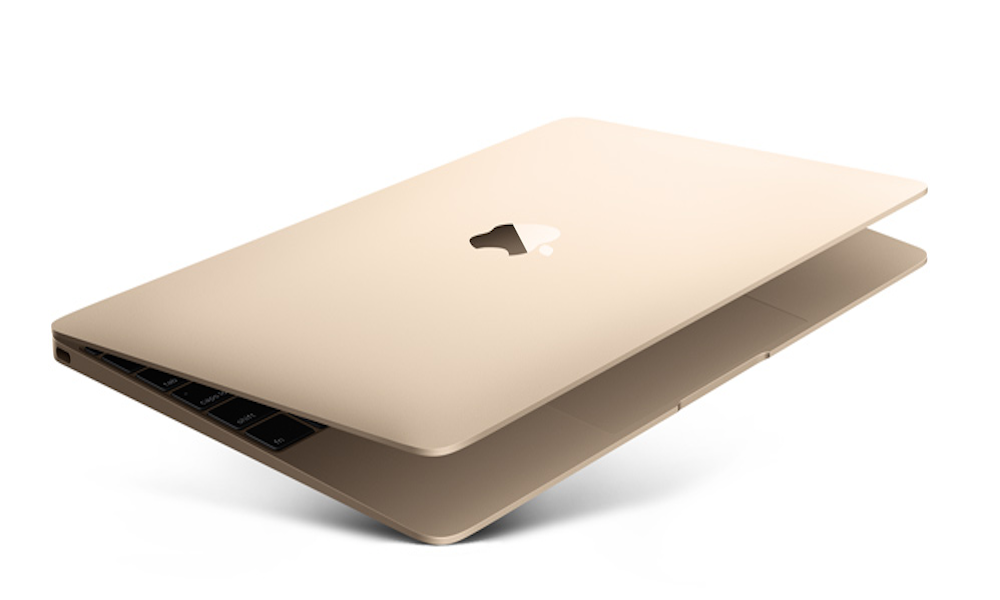According to the estimation of shipping tracking company Slice Intelligence, only 22% out of the 1.7 million ordered Apple Watches were shipped this past weekend. Luckily, the Lab received several of our pre-orders on Friday, so some Lab members got to try it on over the weekend. Here are their first impressions:
Adam Simon, Head of Strategy
“The watch immediately became a security blanket for me — it allowed me to not check my phone so often, and not even worry as much about where it might be at any given moment. After taking a hard look at my notifications and paring them down to just the essentials, I now know that anything that taps my wrist is actually important. I’ve been wearing it from the moment I wake up until the moment I go to sleep, with no battery issues at all. Just like the first iPhone was a bit like cultural training wheels for having a computer in our pockets, I think the Watch will wind up being training wheels for having computers on our bodies.”
Scott Varland, Creative Director
“It’s as wonderful and as imperfect as the first iPhone on launch day. It fulfills the basic promise of extending the iOS experience and it succeeds in making its owner feel ‘naked’ without one after using it for a few days. It is not an essential device, but I have no doubt that many iPhone owners will covet one the same way they do a nice case. For all of the new problems smart phones have created (read: peak distraction), this helps solve some by taking the anxiety away. Not having to run for my phone each time it beeps and buzzes is liberating; and not having to look like I need directions at the intersection is confidence-building.”
Michelle Cortese, UX Designer
“I fell in love with the haptics right away. They’re subtle and prioritized, using a range of vibration intensity and frequency to communicate levels of urgency very well. That said, suddenly every notification became more intimately and immediately demanding; by the end of the day, the sensation of a tiny finger tapping my wrist felt more like the nagging of an overly eager younger sibling. A couple times, I was so focused on the Watch that I wound up abandoning my phone on the table. Whoops!”
Interested in trying out the Apple Watch for yourself? If you’re an employee of Mediabrands, visit us on the 9th floor to try it in person.
